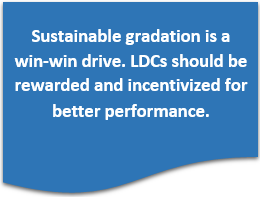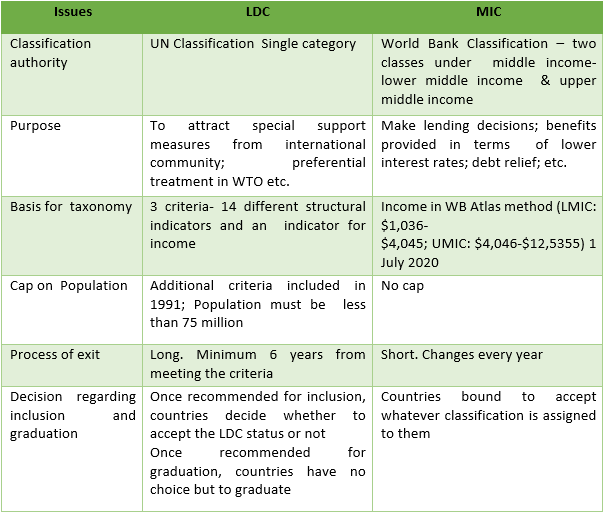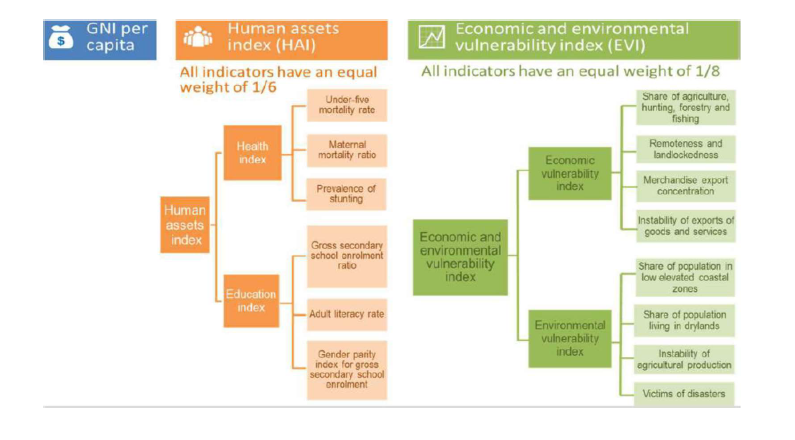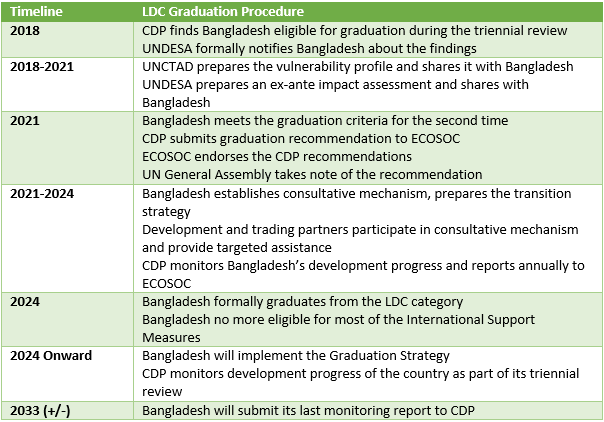Get a personal consultation

Richard Madsen
- Donec pretium augueultrices interdum
- Nunc nulla ante, auctor non dolor vitae
- Aliquam justo velit porttitor sodales
“The theme is always up to date with the changes of wordpress, following everything that’s happening.”
George Anderson
Avada’s CEO
What problem are you trying to solve?
- Sustainable graduation is closely interlinked with SDGs
- LDCs are also hardest hit by the impacts of climate change
- Existing LDC-specific International Support Measures (ISMs), easy access to technology and knowledge need to be continued until SDG implementation by 2030

- A new innovative incentive package in addition to the existing ISMs needs to be developed for attaining the SDGs by 2030

- A National Task Force (NTF) has been formed to steer and guide the process of graduation
- UNDESA and UNCTAD have undertaken a pilot project for conducting the Early Impact Assessment and Vulnerability Profile for Bangladesh upon the request of the government.
- A core group has been formed to review developments including various studies related to graduation as well as to support the NTF
- ERD has initiated a project titled ‘Smooth and Sustainable Graduation Project’ to provide technical support in facilitating sustainable graduation
- South Center in Geneva is conducting a research on the potential impact of graduation on Bangladesh’s pharmaceuticals industry
- Bangladesh is playing a leading role in voicing the common concerns of the graduating LDCs in the international arena.
- A range of local and national level campaign programs are being organized to raise awareness about graduation at the grassroot level with relevant key stakeholders
- Better country image, self-reliance and self-dignity at the global stage
- Better credit rating for the country and wider credit access to the global financial market
- Greater investment opportunities including increased foreign direct investment and greater access to non-traditional financing
- Greater access to global job market
- Greater voice in the regional and global decision making

In recent years, Bangladesh has been widely recognized as a remarkable achiever in the field of socioeconomic development. As a result, Bangladesh has been able to formally meet all the criteria for graduation for the first time in the CDP’s latest triennial review held on March 12-16, 2018.

- Botswana (1994)
- Cabo Verde (2007)
- The Maldives (2011)
- Samoa (2014)
- Equatorial Guinea (2017)
To be eligible for graduation, a country must meet graduation thresholds for at least two of the aforementioned three criteria, or its GNI per capita must exceed at least twice the threshold level.
To be recommended for graduation, a country must be found eligible at two successive triennial
reviews by the CDP.
The Committee for Development Policy (CDP), a subsidiary body of the UN Economic and Social Council (ECOSOC) is mandated to review the category of LDCs every three years and monitor their progress after graduation from the category.
The identification of LDCs is currently based on three criteria:
(a) GNI per capita
(b) Human assets index (HAI)
(c) Economic vulnerability index (EVI)

Bangladesh was first listed as an LDC back in 1975.
Currently, there are 47 countries on the list of LDCs.

The first group of LDCs was listed by the United Nations in its resolution 2768 (XXVI) of 18 November 1971.
Least Developed Countries or LDCs are those countries which are below the threshold of Gross National Income (GNI) per capita, Human assets Index (HAI) and Economic vulnerability index (EVI) set by the United Nations. LDCs are usually low-income countries confronting severe structural impediments to sustainable development.

